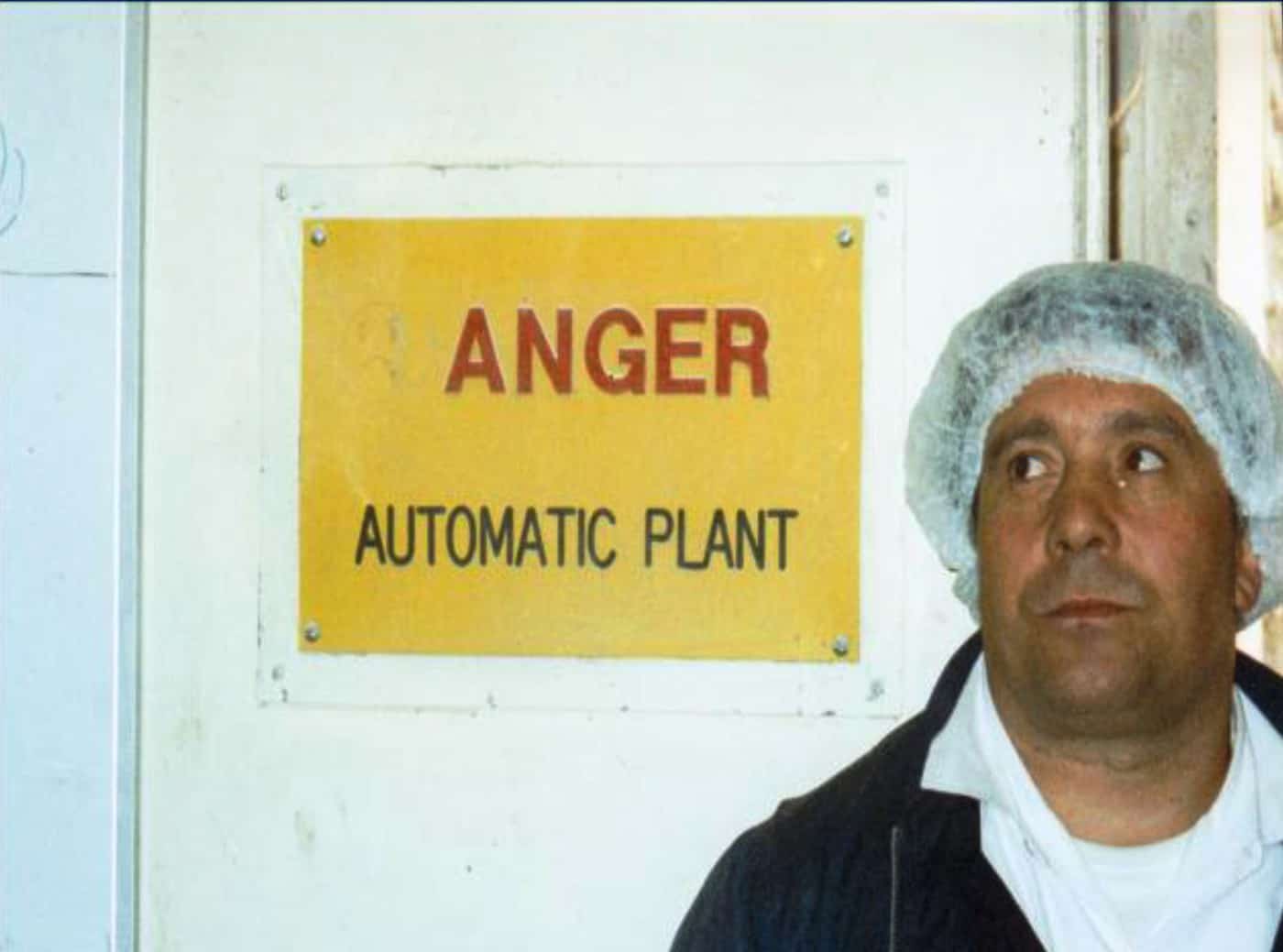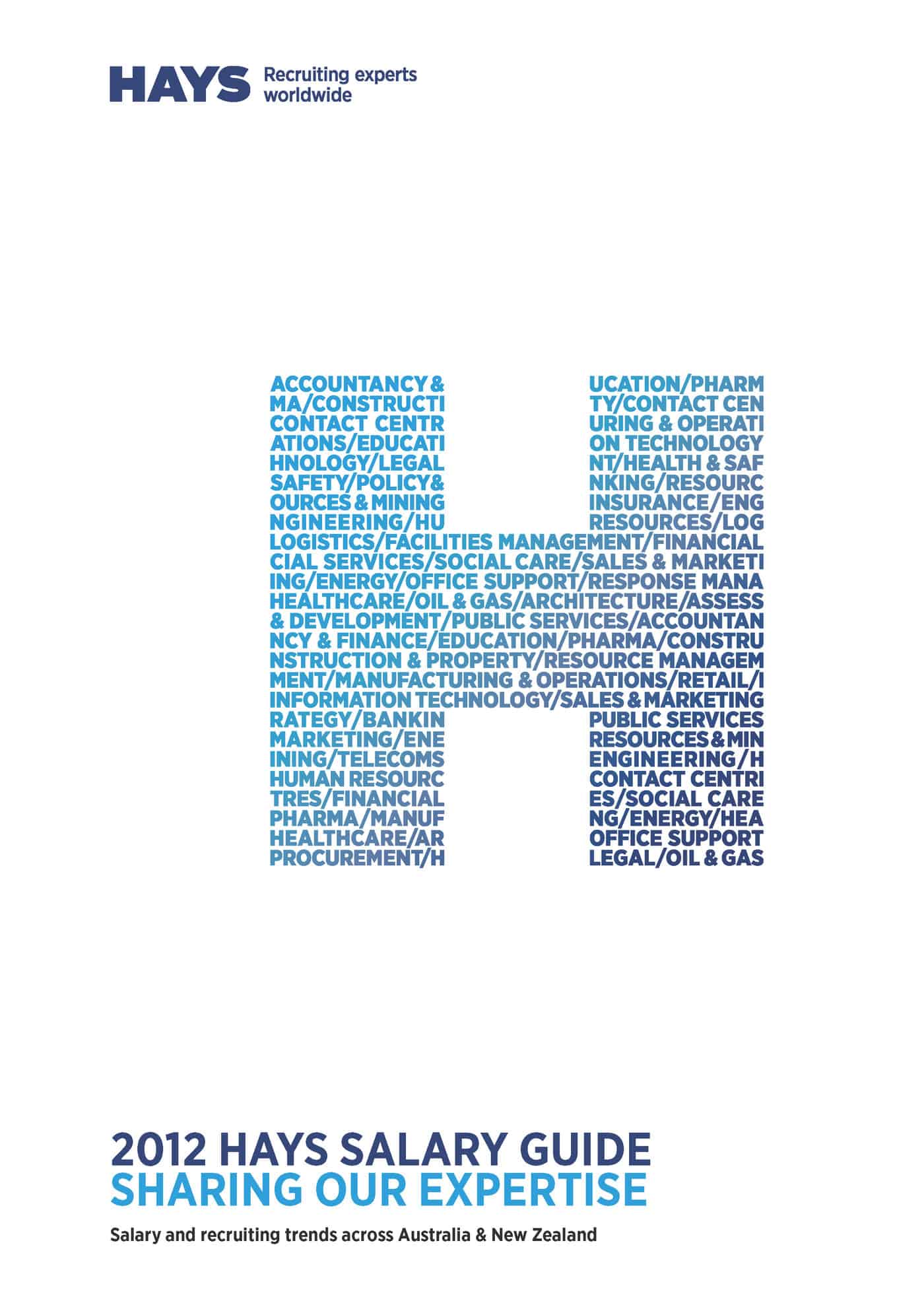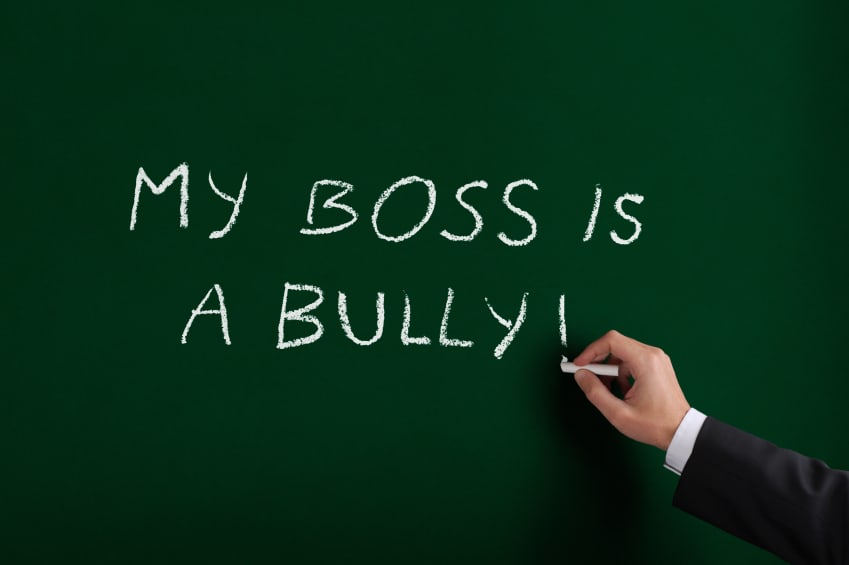David Yamada, in his blog Minding the Workplace, states that
“the more we can get the concept of human dignity into our everyday discussions of work, the better.”
SafetyAtWorkBlog is a supporter of dignity at work and it is heartening to see that the concept is being discussed globally. Dignity, as an activator for change, seems to be a missing element in not only The Hedgehog Review but also very recently released reports, OHS guidances and Australia’s debate on productivity.
 The Australian Human Rights Commission released a report last week about sexual discrimination called Working Without Fear. A quick word search for “dignity” shows no results, nor do searches for “bully” or “bullying”. This is disappointing but perhaps should not be a surprise as this report indicates again that the Australian Government considers sexual discrimination and workplace bullying to be separate issues although lawyers and the media often overlap the two.
The Australian Human Rights Commission released a report last week about sexual discrimination called Working Without Fear. A quick word search for “dignity” shows no results, nor do searches for “bully” or “bullying”. This is disappointing but perhaps should not be a surprise as this report indicates again that the Australian Government considers sexual discrimination and workplace bullying to be separate issues although lawyers and the media often overlap the two.
The Working Without Fear report, based on a large telephone survey concludes that
“…. targets of sexual harassment are most likely to be women and less than 40 years of age. Consistent with previous surveys, the 2012 National Survey also shows that the harassers are most likely to be male co-workers, though women were at least five times more likely than men to have been harassed by a boss or employer. Men Continue reading “Increased productivity and dignity at work are achievable”

 The short morning break. You hurry, you panic, get a quick hot drink, a cigarette, quickly back into it. Hour after hour after hour “for the last 20 years” she said. From 5 am when she gets up to do things before rushing to work to start at 7 am. Rush back home at 3 pm to pick up ‘the youngan-whydidIdoit’ as she said of her late in life baby. She looked about 40.
The short morning break. You hurry, you panic, get a quick hot drink, a cigarette, quickly back into it. Hour after hour after hour “for the last 20 years” she said. From 5 am when she gets up to do things before rushing to work to start at 7 am. Rush back home at 3 pm to pick up ‘the youngan-whydidIdoit’ as she said of her late in life baby. She looked about 40.

